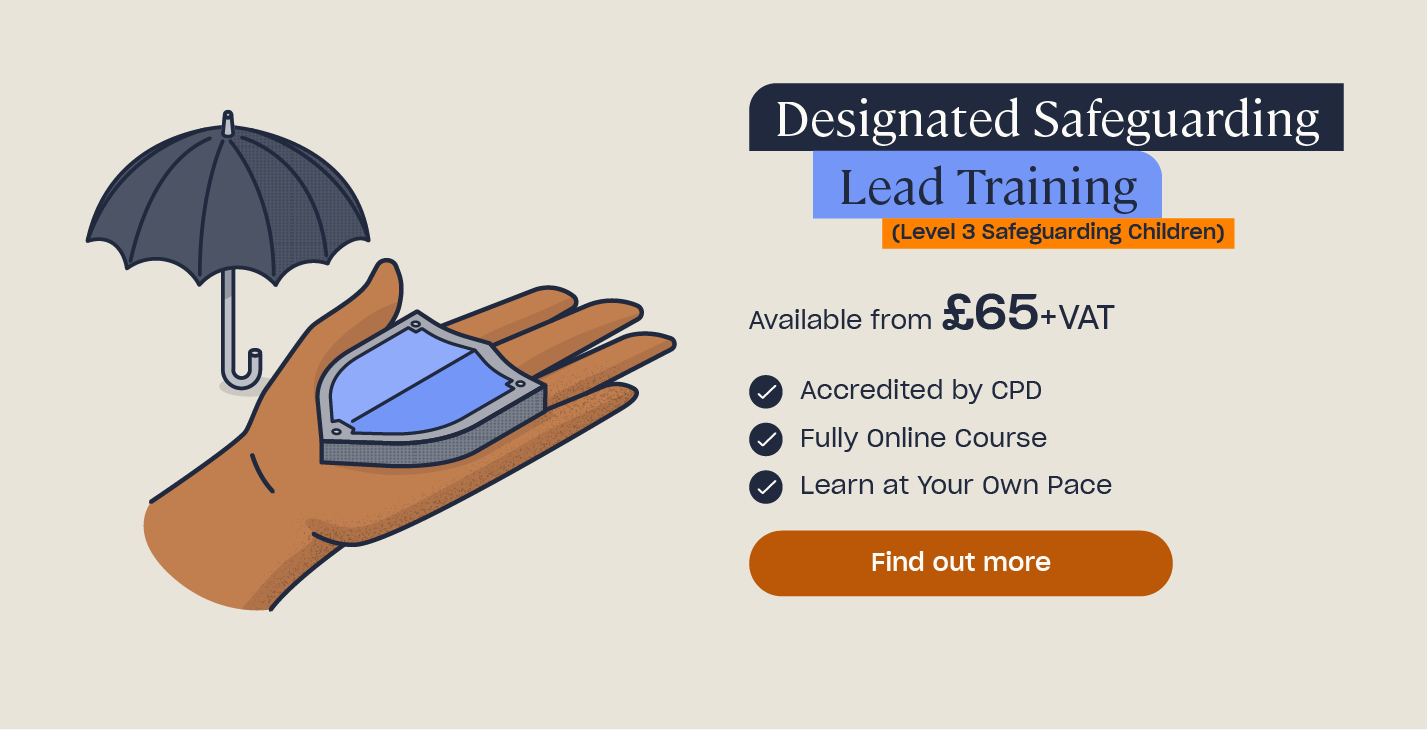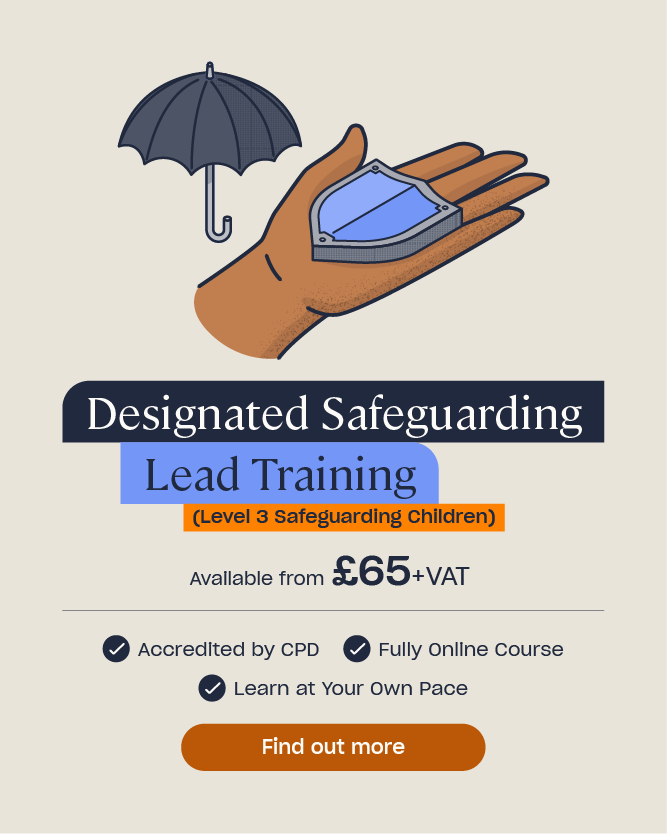Safeguarding Flowchart: Procedure for Reporting Concerns
Everyone who works with children has a responsibility to keep them safe. This includes being aware of, and understanding, their duties for reporting any potential safeguarding concerns. It also includes knowing the correct reporting procedure and the route to follow should you have a concern.
Having a clear reporting procedure allows concerns to be dealt with more efficiently and effectively, and ensures everyone is on the same page. In this article, we’ll explain the importance of following the correct procedures for reporting concerns. To help you do so, we’ll also provide you with a safeguarding flowchart template, which you can display in your workplace to ensure everyone is aware of their responsibilities.
What is a Safeguarding Flowchart?
Put simply, a safeguarding flowchart is a visual representation of an organisation’s procedure for reporting, and responding to, safeguarding concerns. It explains lines of reporting, how a referral is made, and the outcome of the referral.
Anybody who works in an environment where children are present can benefit from a safeguarding flowchart. For example, teachers and education staff, youth workers and activity leaders, sports coaches, religious leaders and volunteers, and healthcare professionals.
The aim of the flowchart is to give people a clear and concise visual reminder about what they should do if they have a safeguarding concern. It should be relevant for the organisation in which it’s displayed, and it should provide guidance on reporting concerns for a variety of situations. For example, they may occur in the home, in the community, in peer groups, or online. Sadly, it may even be the case that somebody who has a responsibility to safeguard children abuses their position of power. Your safeguarding flowchart should explain what to do in all of these situations.

What are the Benefits of Using a Flowchart for Safeguarding Purposes?
As explained in Keeping Children Safe in Education, those who work with children should maintain an attitude of ‘it could happen here’ where safeguarding is concerned. You should not assume that it could never happen in your organisation. Staff must always act in the best interests of children and follow their organisation’s procedures. Displaying a safeguarding flowchart in your organisation will help to visually remind staff of this on a regular basis.
A safeguarding flowchart complements your organisation’s child protection and safeguarding policy as well as your other policies, such as your safer recruitment policy and the staff discipline, conduct and grievance policy. Additionally, because a flowchart is a visual aid to explain safeguarding procedures, it can be displayed in a place where everyone can see it regularly, such as on staff notice boards or in the staff room.
Displaying a flowchart will be especially beneficial for people in your organisation who are new and may not be completely aware of safeguarding procedures. It will provide a reference point for them if they’re unsure of who to report a concern to or how the concern will be handled.
Additionally, the chart will also be a reminder for people who have worked in your organisation for a longer period of time and who may need to refresh their knowledge of safeguarding procedures quickly. Remember, however, that formal safeguarding training should still be refreshed regularly to ensure that this knowledge remains up to date.
Finally, by having a safeguarding flowchart for reporting concerns in a visible and prominent place, it will remind people that they have a responsibility to remain vigilant to the signs of abuse and neglect, and must never assume that it is somebody else’s duty to report the concerns they’ve noticed. We all have a duty to keep people safe and act on our concerns.

Free Flowchart for Reporting Safeguarding Concerns
We’ve produced a safeguarding flowchart that you can download, print, and display in your organisation.
This shows what you should do if you have a concern about a child, who you should report it to, and the lines of enquiry and procedure that will be taken. You can download the flowchart using the button below:
Further Resources:
- Online Safeguarding Courses
- Safeguarding Checklist for Schools
- Regulatory Requirements for Designated Safeguarding Leads in Schools
- Designated Safeguarding Lead: Resources & Guidance
- Safeguarding Training Levels Explained: What’s the Difference?











